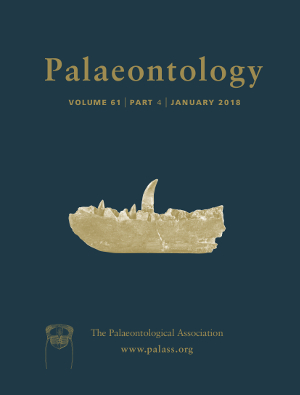Reg. Charity No. 1168330

Disparity‐through‐time analyses can be used to determine how morphological diversity changes in response to mass extinctions, or to investigate the drivers of morphological change. These analyses are routinely applied to palaeobiological datasets, yet, although there is much discussion about how to best calculate disparity, there has been little consideration of how taxa should be sub‐sampled through time. Standard practice is to group taxa into discrete time bins, often based on stratigraphic periods. However, this can introduce biases when bins are of unequal size, and implicitly assumes a punctuated model of evolution. In addition, many time bins may have few or no taxa, meaning that disparity cannot be calculated for the bin and making it harder to complete downstream analyses. Here we describe a different method to complement the disparity‐through‐time tool‐kit: time‐slicing. This method uses a time‐calibrated phylogenetic tree to sample disparity‐through‐time at any fixed point in time rather than binning taxa. It uses all available data (tips, nodes and branches) to increase the power of the analyses, specifies the implied model of evolution (punctuated or gradual), and is implemented in R. We test the time‐slicing method on four example datasets and compare its performance in common disparity‐through‐time analyses. We find that the way we time sub‐sample taxa can change our interpretations of the results of disparity‐through‐time analyses. We advise using multiple methods for time sub‐sampling taxa, rather than just time binning, to gain a better understanding disparity‐through‐time.